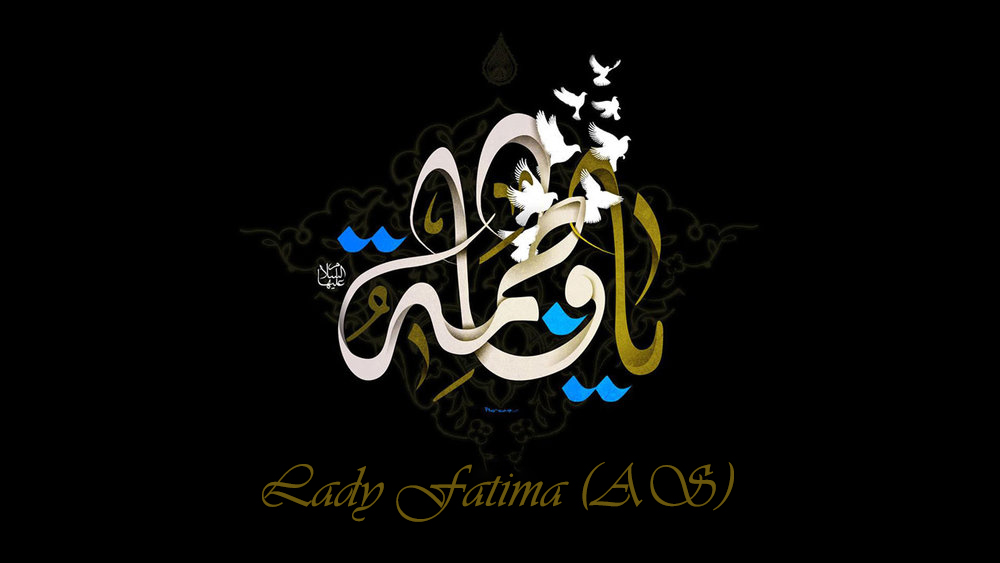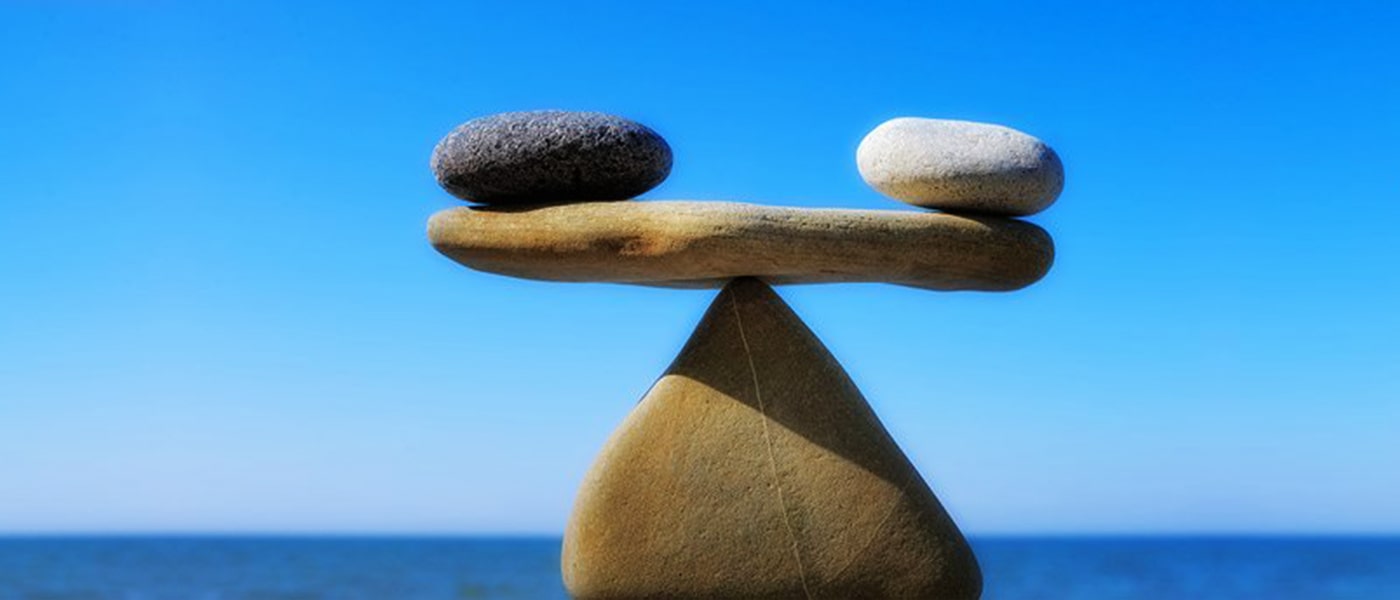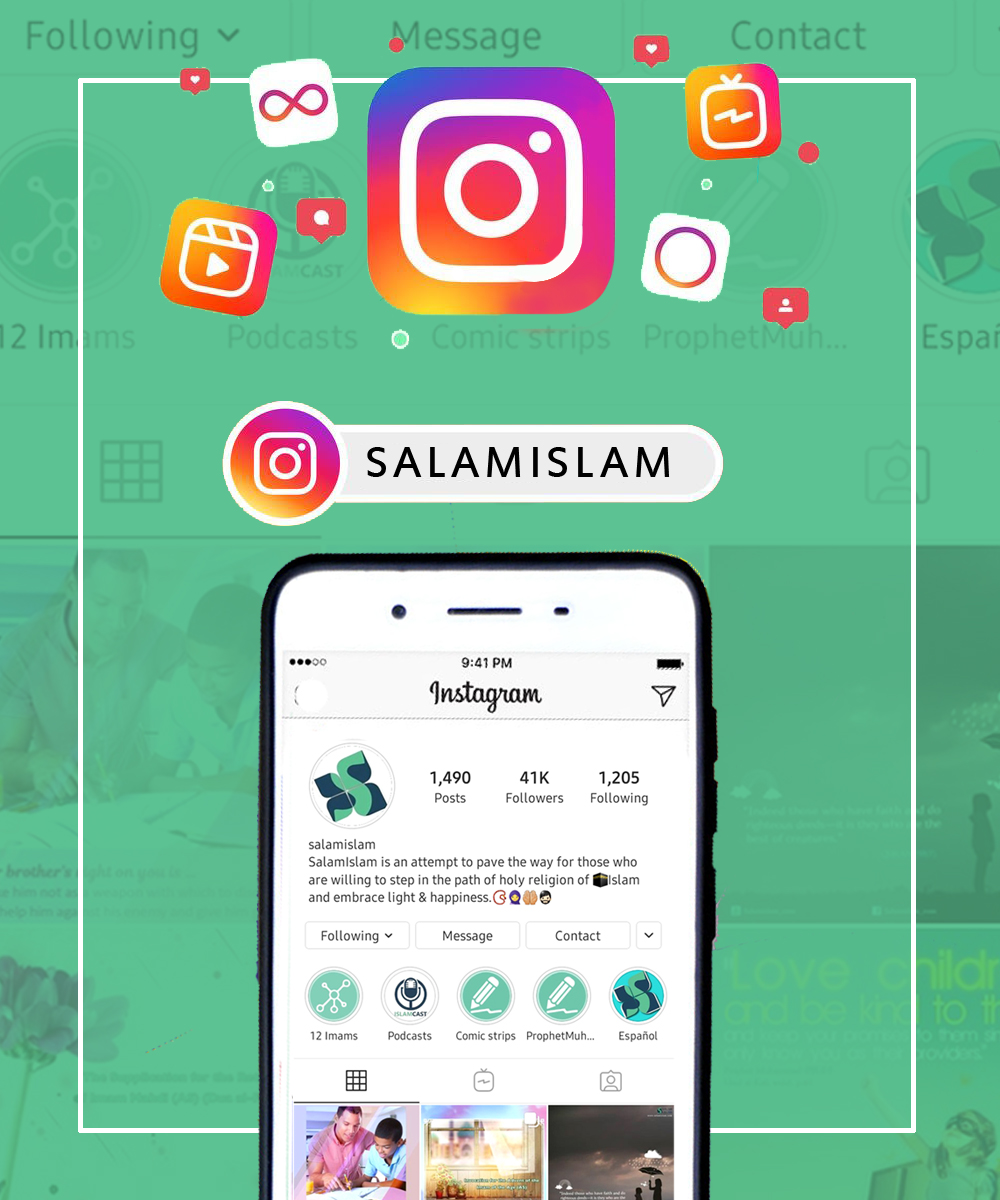

How Can You Stay Motivated to Perform Fasting in Ramadan?
Have you ever taken part in a challenge of self-building for a certain amount of time? These challenges, be it individual or social, need a few elements to keep you move on and get over them. Thirty days of fasting in the holy month of Ramadan seems like both an individual and a social challenge.
In this text, we would like to discover the ways that keep us motivated to finish our challenge of fasting in Ramadan. How can we complete this challenge and take the most benefits out of it?
What Is the Challenge, and What Are its Goals?
The challenge is to perform fasting for thirty (sometimes 29) days in the month of Ramadan. Fasting in Islam is to avoid eating and drinking and many other worldly desires and sins from the morning prayer (Salat al-Fajr) time until the dawn prayer (Salat al-Maqrib). It is noteworthy that committing some acts will make fast invalid. [1]
The main goal of fasting like any other type of worship is to purify the soul and improve human beings spiritually: “Felicitous is he who purifies himself.” (87: 14)
But any type of worship, apart from its ultimate goal, has other benefits and some minor goals in training the human soul. For example, one of the small goals of praying the obligatory prayers (Salat) during the day and at night is to teach Muslims to adhere to certain principles. It is mentioned in the Quran that one of the characteristics of true believers is that they are “those who are humble in their prayers” (23:2) and “are watchful of their prayers” (23:9). These two verses, mentioned in the same Surah, show that one level of being a believer is to reach a feeling of utter humbleness in front of Allah. However, at the same time, being watchful on prayers and trying to perform them on time while observing all of its rulings is another aspect that will lead to higher spiritual levels. The same example applies to any other type of worship, especially fasting in Ramadan.
What Keeps us Motivated to Complete the Challenge?
I have personally tried many different challenges for forty days; for example, forty days of waking up before dawn, forty days of avoiding fast foods, forty days of doing half an hour exercise per day, etc. I’ve been able to make some of those challenges a habit. However, in all those challenges, I needed something or someone to keep me motivated and guide me with the issues that I was facing throughout the challenge.
Regarding the challenge of fasting in Ramadan, I think it is essential to find some ways to help us enjoy fasting, instead of solely experiencing hunger and thirst.
Different things can keep us motivated to have better spiritual experiences of fasting in Ramadan. Having a different routine in the month of Ramadan, avoiding some entertainment and starting some new useful habits such as reading the supplications and contemplating on them, specifying a certain amount of time on reciting the Quran with translation and interpretation, performing the recommended prayers (Nawafil), trying to help others in any possible ways, and any other act of goodness that we can accomplish.
Why Is Reciting the Quran Important in this Month?
While we try to perform good deeds during fasting, reciting the Quran has a powerful influence on all our acts. Allah (SWT) mentions in the Quran: “So recite as much of the Quran as is feasible. He knows that some of you will be sick, while others will travel in the land seeking Allah’s bounty, and yet others will fight in the way of Allah. So recite as much of it as is feasible, and maintain the prayer and pay the zakat and lend Allah a good loan.” (73:20)
Allah (SWT) tells us to recite the Quran as much as we can. Then He mentions that He is aware of different conditions that people may have; some of them may be sick, some maybe traveling and working outside their houses to gain Allah’s provision, some may be fighting in the way of Allah. But then He mentions again that in whatever situation you are, do not forget to recite the Quran. It does not need to be a lot of recitation. Just recite as much as you can, and it will help you by both its miraculous and extraordinary achievements.
To provide a better definition of the above phrases, it can be said that the miraculous effects of the Quran are those effects that everyone can gain them by reciting it, even if they are not contemplating on its verses. However, exceptional achievements are for those who recite the Quran thoughtfully and intend to understand the words of Allah (SWT) as much as possible.
The Quran Can Be the Best Mentor in Our Challenge of Fasting in Ramadan
In sum, when you start the challenge of fasting in Ramadan and hope to gain the best results out of it, you need someone to motivate you, to be your mentor, and to elevate your knowledge and wisdom while you are going through the hard days of your challenge. The Quran could be that mentor who speaks to you the words of Allah (SWT), gives you hope, sympathizes with you in your hard moments, and guides you through the way to reach your ultimate goal. “So recite as much of the Quran as is feasible.” (73: 20)
References:
Share This Article

14 Prophet Muhammad (PBUH&HP) Quotes about Lady Fatima (AS)
1. Loving Lady Fatima (AS)
Whoever loves my daughter, Fatima (AS), will be with me in heaven, and whoever holds grudges against her will reside in hell.
Bihar al-Anvar, vol.27, p.116.
2. The Best in Worshiping Allah
Fatima (AS) is the best companion in the path toward serving and worshiping Allah.
Bihar al-Anvar, vol.43, p.117.
3. The Dearest
Fatima (AS) is the dearest of people to me.
Al-Shaykh al-Saduq, Al-Amali, p.259.
4. Lady Fatima (AS), the Joy of Her Father's Heart
Fatima is of my flesh, who is the light of my eyes and the warmth of my heart.
Al-Shaykh al-Saduq, Al-Amali, p.486.
5. Injustice to Lady Fatima (AS)
Woe to whoever does wrong to my daughter, Fatima (AS), after my death.
Bihar al-Anvar, vol.73, p.354.
6. Paying a Visit to Lady Fatima (AS)
Visiting Fatima (AS) equals to visiting me.
Bihar al-Anvar, vol.43, p.58.
7. Part of Her Father, Prophet Muhammad (PBUH&HP)
O’ Fatima (AS)! You are part of me, and I part of you.
Bihar al-Anvar, vol.43, p.32.
8. Prophet Muhammad (PBUH&HP)'s Deep Love for Her
O’ Fatima (AS)! I’m ready to give my life for you!
Bihar al-Anvar, vol.22, p.490.
9. A Heavenly Angel
Fatima (AS) is an angel who smells like heaven.
Bihar al-Anvar, vol.87, p.112.
10. An Avid Worshipper
Verily, Allah has poured faith and belief into the veins of Fatima (AS); thus, she is consistent in worshiping Allah.
Bihar al-Anvar, vol.24, p.74.
11. Lady Fatima (AS)'s Marriage
I did not give permission for Fatima (AS)’s marriage until I received Allah’s command as to her marriage.
Al-Shaykh al-Saduq, Uyoun Akhbar Al-Ridha, vol.2, p.59.
12. Lady Fatima (AS)'s Status
My daughter’s light is of Allah, and her status is higher than heaven and earth.
Bihar al-Anvar, vol.15, p.10.
13. The Four Honored Women
Heaven looks forward to four women: Mary, the daughter of Joachim, Asyia, pharaoh’s wife, Khadija, Khuwailad’s daughter, and Fatima (AS), Muhammad (PBUH&HP)’s daughter.
Bihar al-Anvar, vol.43, p.53.
14. Asking Allah's Pardon for Others
O’ Fatima! I give you the glad tiding of holding a high status in Allah’s regard, which provides you with the power to ask pardon for other people.
Bihar al-Anvar, vol.76, p.359.
Read More

Morality Ethics and Moral actions
“I was sent by Allah/God to complement the best of morality” [1].
Morality is one of the most fundamental principles of any society and the determining factor of the success or corruption of human beings. There are different aspects of life, and most of them are still unknown to man due to his limitations and restrictions by nature. Therefore, human science and knowledge are not enough to discover all aspects of humanity.
On the other hand, viewing life and the universe as the artistic creation of Allah, one can conclude that He is the source of all knowledge and wisdom. Therefore the knowledge which He provided man with to have a beneficial and prosperous life is essential and vital for the blooming progress of humankind. This knowledge is called ‘religion’.
On our journey, we face difficulties, joy, sadness, hardship, success, and failure in different forms and occasions, including personal life, married life, academic environment, and a workplace where taking the right actions and decisions sometimes becomes challenging. Relying on the roadmap provided by Allah Himself, reduces the tension and paves the way for making the right and sound decisions. That is the origin of Islamic ethics and the rationale behind the mentioned Hadith from the Holy Prophet Muhammad (PBUH&HP).
In the Quran, different commands suggest a safe journey through life:
“and indeed you possess a great character” (68: 4).
“We did not send you but as a mercy to all the nations” (21:107).
“Allah loves the steadfast” (3:146).
“And hasten towards your Lord's forgiveness and a paradise as vast as the heavens and the earth, prepared for the God-wary. Those who spend in ease and adversity and, suppress their anger, and excuse [the faults of] the people, and Allah loves the virtuous” (3:133,134).
“Indeed the noblest of you in the sight of Allah is the most God wary among you” (49:13).
These are just a few examples of endless guidelines provided in the holy Quran. All the prophets were depicted as role models for human morality and ethics; one of whom was Prophet Muhammad (PBUH) who tried his best to invite all people to Islam through his practical ethics. He stands in history as the best model for man in piety and perfection. He is living proof of what man can be and of what he can accomplish in the realm of excellence and virtue.
To sum up, leading an ethical life without any guidelines can be an exhausting task. Although there are many different views on consulting right and wrong, the most reliable and guaranteed is the one provided by Allah, called religion. In the religion of Islam, there are various ethical instructions and guidelines ranging from educational systems, raising children, science, and medicine to business, individual and social life altogether offered comprehensively and feasibly.
Reference:
- Kanz-ol-a’maal, 13th vol. p.151, Hadith #36472
Read More

